In modern households, the traditional dining room seems to be fading into history. Once a staple in every home, dining rooms are now disappearing, making way for multifunctional spaces. But what’s causing this shift? Are disappearing dining rooms simply part of a passing trend, or is this a deeper reflection of changing lifestyles and modern home design?
The Rise of Open Floor Plans
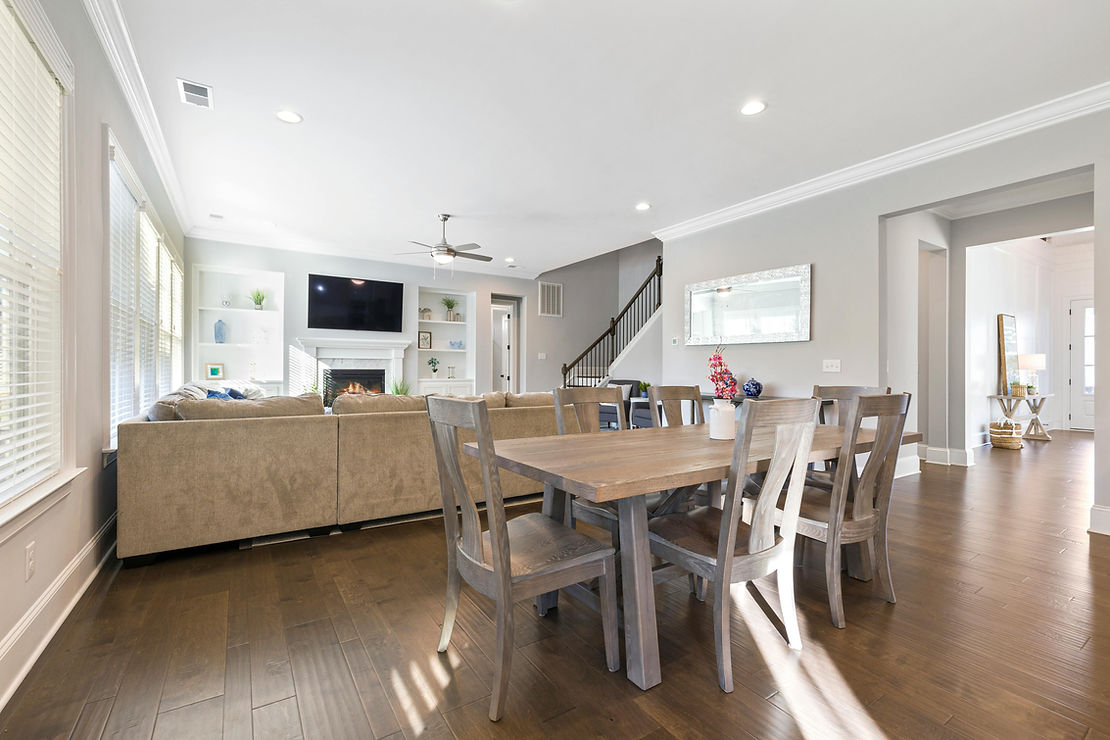
One of the biggest factors contributing to the decline of dining rooms is the popularity of open floor plans. These designs remove the traditional walls separating kitchens, living rooms, and dining spaces, creating a more flexible, communal environment. With fewer barriers, families can move freely between cooking, eating, and relaxing without the formality of moving to a separate room for dining.
Open floor plans also align with a growing desire for homes to feel more spacious and less compartmentalized. By blending spaces together, homeowners can maximize the use of their square footage, making dining rooms seem redundant in homes where every inch of space is valued for its versatility.
The Influence of Modern Lifestyles

Busy, fast-paced lifestyles have reshaped how we approach dining at home. Fewer families are sitting down for traditional meals at a set time, opting instead for casual dining around the kitchen island or even in front of the TV. This shift in behavior reflects how the demands of modern life have contributed to disappearing dining rooms.
Moreover, the growing popularity of takeout, meal delivery services, and fast-prep food means people are spending less time in the kitchen and at the dining table. As a result, the formal dining room has become underutilized, leading many to repurpose it into a home office, playroom, or another functional space.
Do Homebuyers Still Want Dining Rooms?
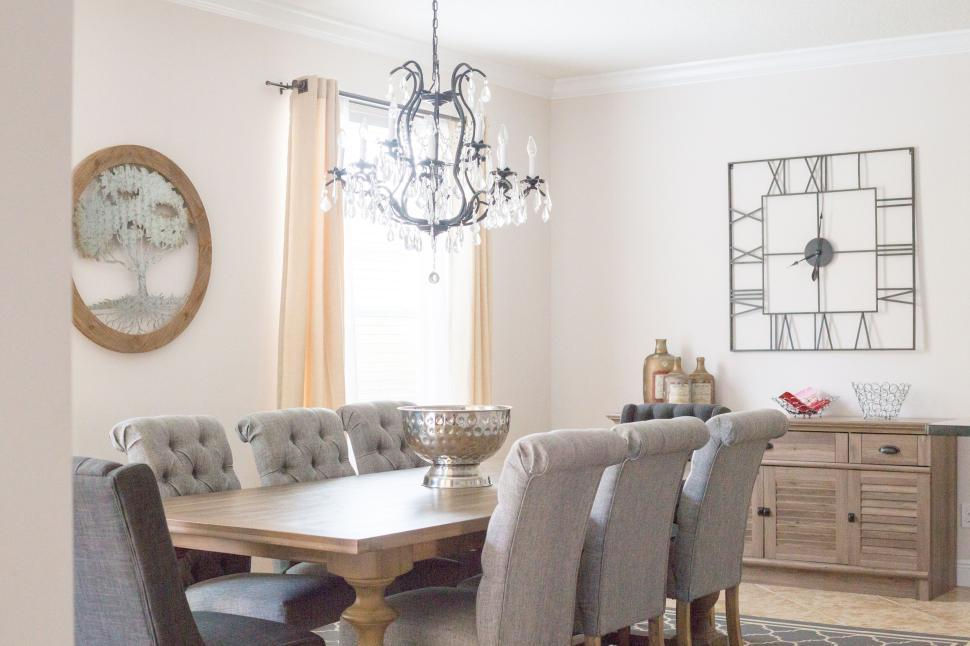
The demand for dining rooms among homebuyers has noticeably shifted. Many buyers now prioritize open layouts, larger kitchens, and flexible spaces over the traditional dining room setup. Real estate agents have reported that homebuyers are less likely to see a dedicated dining room as a dealbreaker and are more focused on functional, multi-use spaces.
However, some buyers still appreciate a dining room, particularly in homes where hosting and formal gatherings are important. This shows that while disappearing dining rooms are becoming more common, their appeal hasn’t completely vanished. Certain demographics still value these spaces for their traditional charm and role in family gatherings.
Multifunctional Spaces: The New Norm
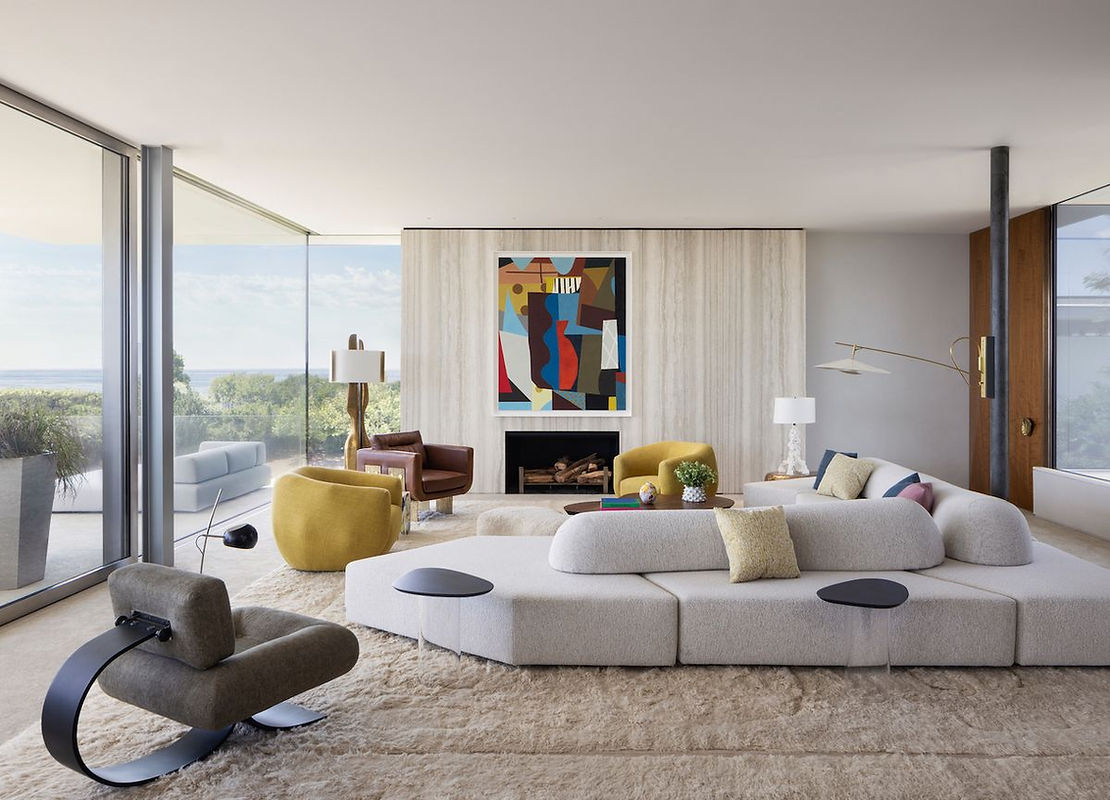
As homes evolve, multifunctional spaces have become the preferred design choice. The trend of combining dining areas with other living spaces, such as a kitchen or living room, allows for greater flexibility in how a room is used. A dining room might now double as a homework station, a workspace, or an entertainment area.
This shift towards flexibility explains why more people are letting go of the traditional dining room. With square footage at a premium, homeowners are maximizing their spaces to serve multiple functions, further contributing to the decline of dining rooms in modern homes.
Dining in Other Areas: Kitchens and Living Rooms
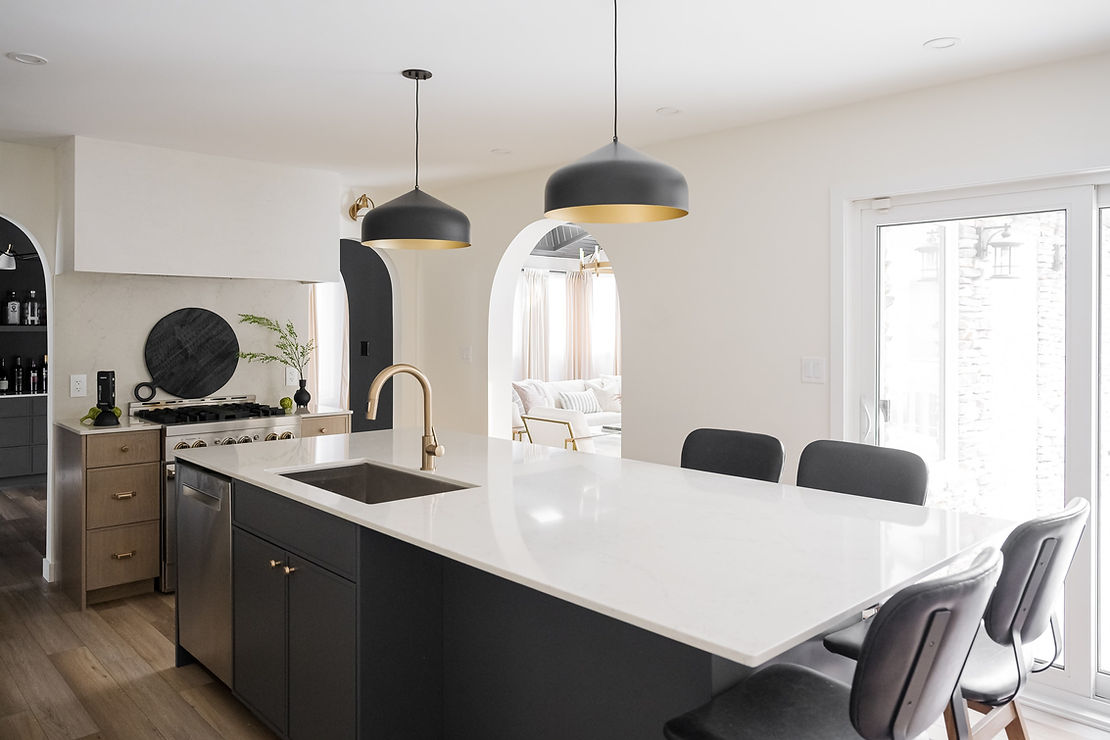
With the formal dining room disappearing, mealtime is increasingly happening in other parts of the home. The kitchen has become a hub for casual dining, with islands and breakfast bars serving as the new go-to spots for meals. This setup encourages a more relaxed, informal dining experience that suits today’s fast-paced lifestyle.
In addition, many families have embraced dining in living rooms. As open floor plans merge living and dining spaces, eating in front of the TV or at a coffee table has become a more common practice. These alternative dining setups reflect a broader shift towards casual, multifunctional living.
The Emotional Connection to Dining Rooms
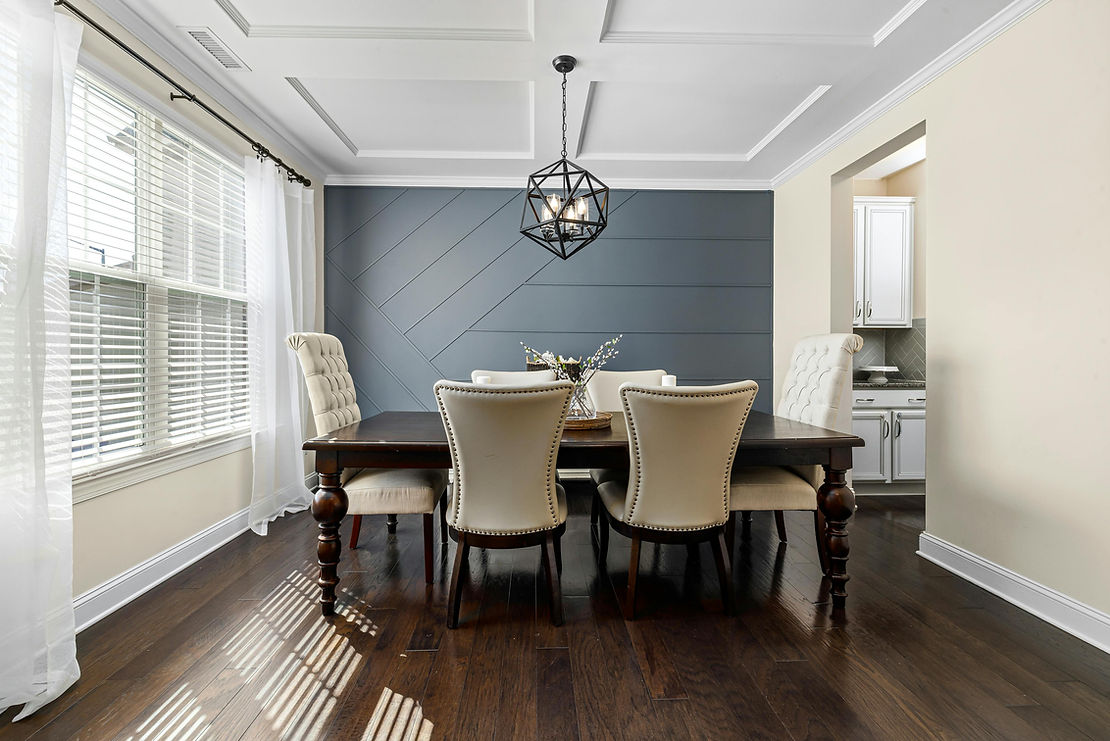
For many, the dining room holds a nostalgic place in the heart of the home. It’s often associated with family traditions, holiday meals, and special occasions. The ritual of gathering around a table for a meal brings a sense of connection that a kitchen island or living room coffee table might not replicate. Despite this, practical considerations are overtaking emotional attachments in modern home design, leading to disappearing dining rooms.
While nostalgia keeps the dining room alive for some, the realities of modern living make it less of a necessity. Homeowners today are more likely to prioritize functionality over tradition, which is why many are willing to let go of the formal dining room in favor of spaces that better suit their current lifestyle.
Disappearing Dining Rooms: A Global Trend?
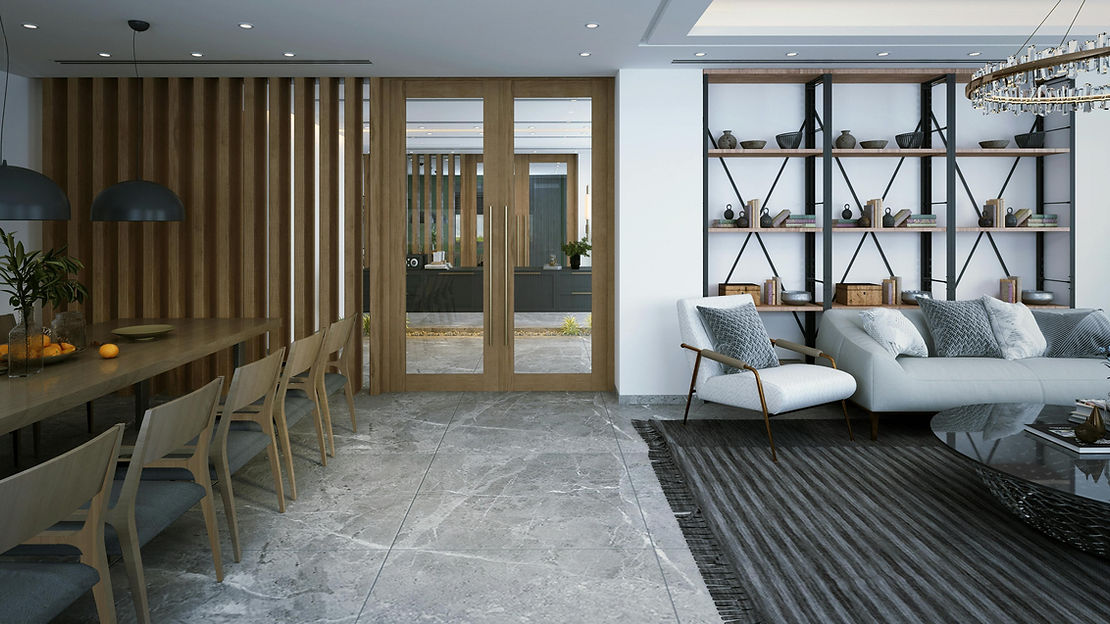
The phenomenon of disappearing dining rooms isn’t limited to one region; it’s becoming a global trend. In densely populated urban areas where space is limited, the concept of a dedicated dining room has largely disappeared. In these homes, multifunctional spaces are essential, and the idea of sacrificing valuable square footage for a formal dining area feels impractical.
However, in more rural or suburban settings where larger homes are common, dining rooms still hold their place in some households. Here, the trend may be slower to catch on, as families have more space to maintain a formal dining area. Yet, even in these areas, the shift towards more casual and flexible spaces is becoming increasingly noticeable.
The Impact on Family Time and Social Gatherings

One concern surrounding the disappearing dining room is its potential impact on family time and social gatherings. Traditionally, dining rooms were places where families came together to share meals and conversation. As formal dining spaces fade, some worry that this could lead to less structured family time and fewer opportunities for togetherness.
However, the disappearance of the dining room doesn’t necessarily mean the loss of connection. Open floor plans and shared spaces may still encourage families to gather—just in a more informal, adaptable setting.
Dining Room Alternatives: What Are Homeowners Choosing?
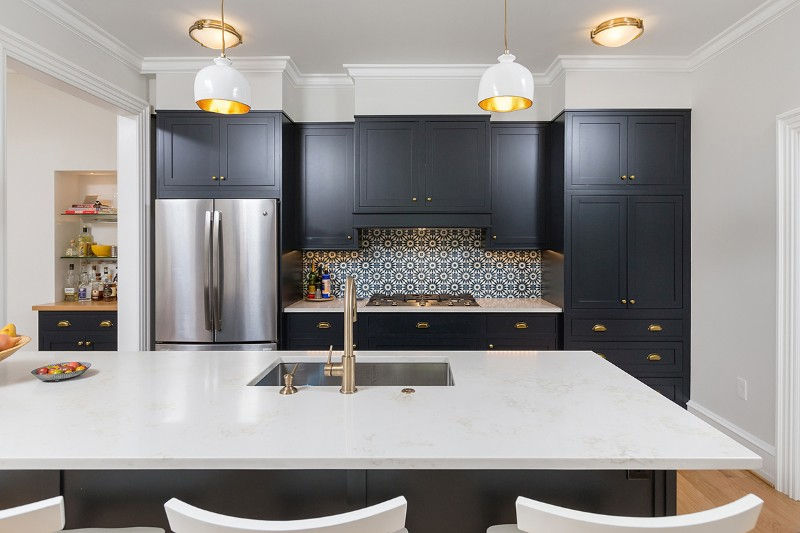
As dining rooms vanish, homeowners are exploring a variety of alternatives to traditional dining spaces. Many are opting for large kitchen islands or breakfast nooks that provide a casual yet functional place to eat. These alternatives offer a balance between practicality and comfort, making them an ideal replacement for formal dining rooms.
Others are incorporating dining spaces into living areas, using modular furniture or convertible dining tables that can be tucked away when not in use. This approach allows for more flexible use of space, particularly in smaller homes where every square foot counts. These creative solutions show that while dining rooms are disappearing, the need for designated dining spaces remains, albeit in new forms.
Is the Dining Room Disappearing Permanently?
The disappearance of dining rooms raises the question: is this change permanent? While it’s clear that many homes are forgoing formal dining areas in favor of more flexible, multifunctional spaces, it’s hard to say whether dining rooms will vanish completely. Trends in home design tend to evolve over time, and what is considered outdated today could make a comeback in the future.
For now, it seems that dining rooms are becoming less essential, especially as modern lifestyles prioritize convenience and flexibility. However, there will likely always be a segment of homeowners who appreciate the charm and tradition of a formal dining space, ensuring that the dining room may never truly disappear entirely.
Conclusion
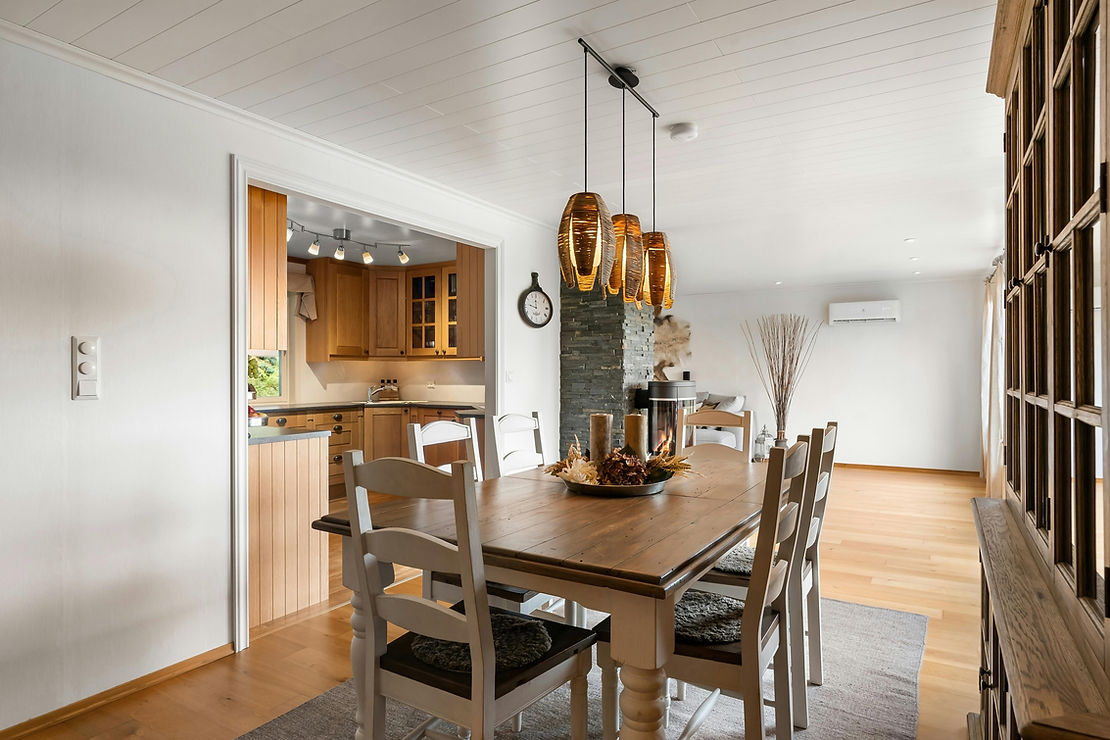
The trend of disappearing dining rooms reflects a broader shift in how we live and use our homes. As lifestyles evolve and open floor plans become the norm, dining rooms are increasingly viewed as unnecessary. For many, multifunctional spaces that adapt to their needs are more valuable than a room reserved for occasional use.
While some may miss the tradition and formality that dining rooms represent, it’s clear that modern homes are focused on flexibility and practicality. Whether this trend will continue to grow or see a reversal in the future remains to be seen, but for now, it’s safe to say that the dining room is no longer a staple in many households.
FAQ’s
Dining rooms are disappearing due to the rise of open floor plans, casual dining habits, and the need for multifunctional spaces in modern homes.
While some buyers still appreciate dining rooms, most are prioritizing flexible, open layouts that combine living, dining, and kitchen spaces.
Yes! Many homeowners use kitchen islands, breakfast nooks, or dining spaces within living rooms to replace traditional dining rooms.
Not necessarily. Families can still gather in shared spaces like the kitchen or living room, although the formality of dining together might change.
Yes, the trend is global, particularly in urban areas where space is limited. However, some rural or suburban homes still maintain formal dining areas.
It’s possible! Home design trends change over time, so dining rooms may regain popularity in the future, depending on lifestyle shifts.
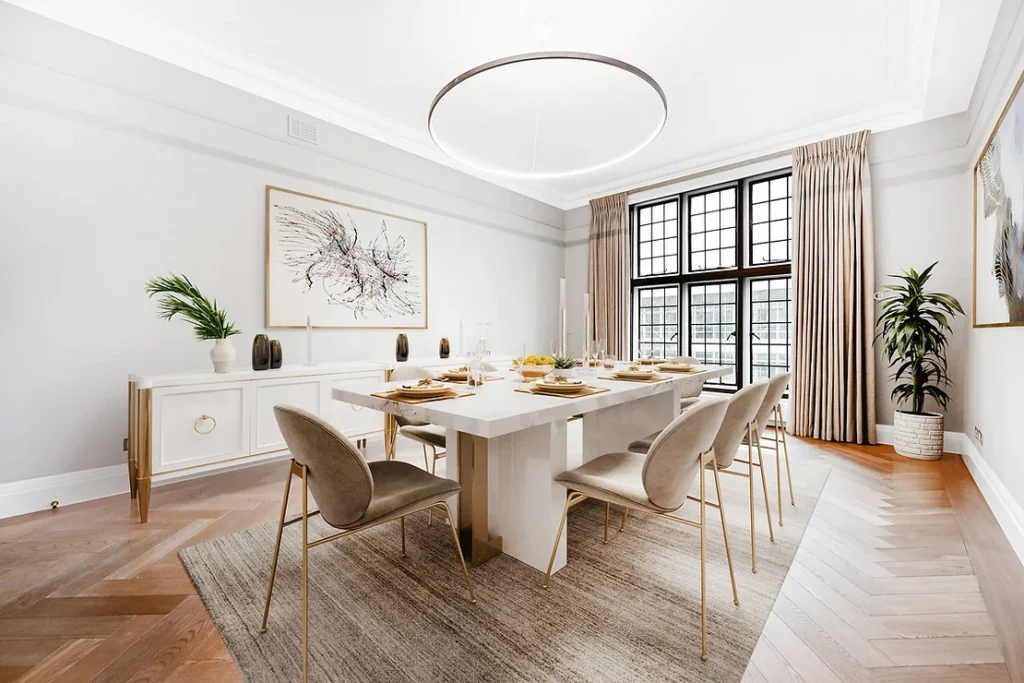
Recent Posts
15 Floor Plan Graphic Styles That Will Elevate Your Presentation Game
The Role of Shadows in Architectural Storytelling
When Furniture Becomes Architecture: Blurring the Line